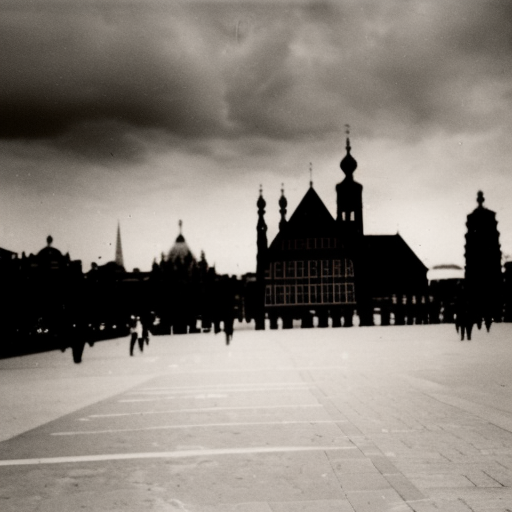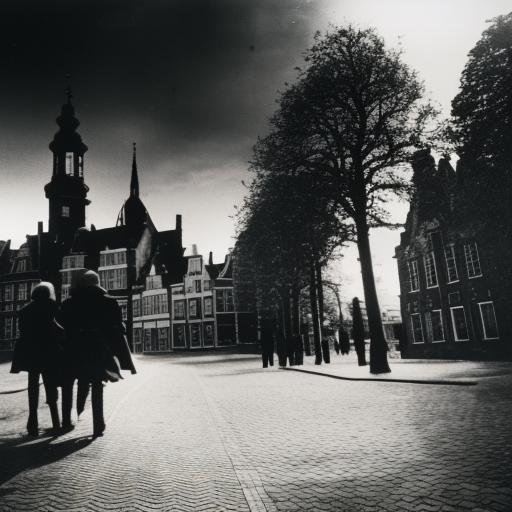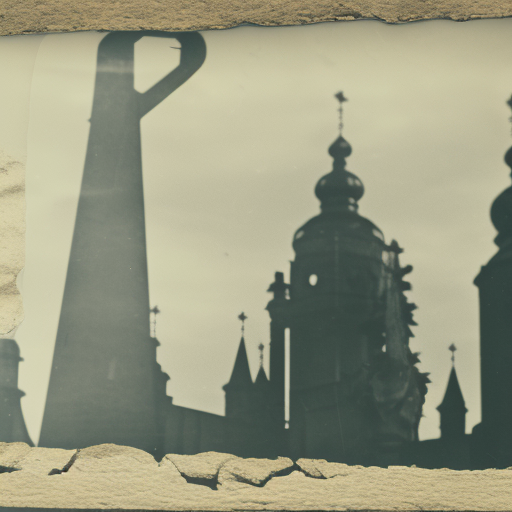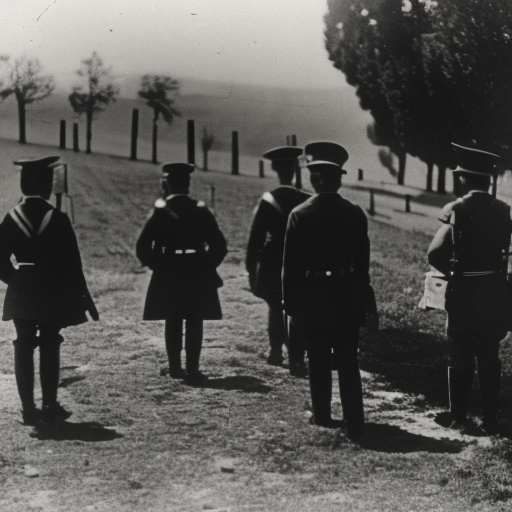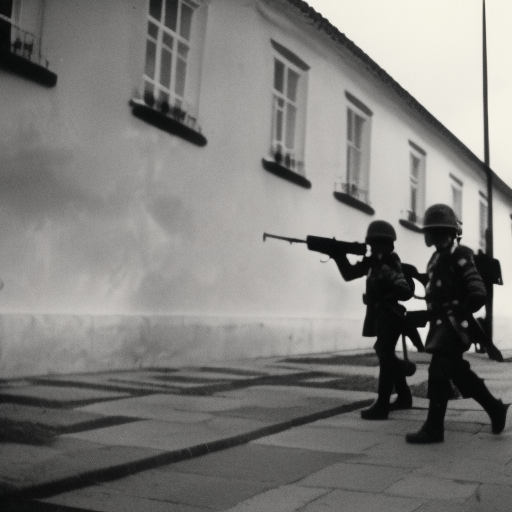The Peace of Augsburg (1555) was a treaty that ended the religious conflicts in the Holy Roman Empire by establishing the principle of “cuius regio, eius religio” (whose realm, his religion).
The Treaty of Utrecht (1713) Explained
The Treaty of Utrecht (1713) was a series of peace agreements that ended the War of the Spanish Succession and reshaped the balance of power in Europe.
The Treaty of Westphalia (1648) Explained
The Treaty of Westphalia (1648) marked the end of the Thirty Years’ War and established the principles of modern state sovereignty and religious tolerance.
Franco-Spanish War (1635–1659) Explained
The Franco-Spanish War was a conflict between France and Spain that lasted from 1635 to 1659, resulting in territorial changes and a shift in power dynamics in Europe.
Scanian War Explained
The Scanian War was a conflict between Sweden and an alliance of Denmark-Norway, Brandenburg-Prussia, and the Dutch Republic over control of the southernmost part of Sweden.
Treaties of Nijmegen Explained
The Treaties of Nijmegen were a series of peace agreements signed in the late 17th century, ending various conflicts and reshaping the balance of power in Europe.
Dano-Swedish War Explained
The Dano-Swedish War was a series of conflicts between Denmark and Sweden in the 17th century over territorial disputes and control of the Baltic Sea.
Kettle War Explained
The Kettle War was a short-lived conflict between the Dutch Republic and the Holy Roman Empire over a stolen kettle.
Австро-турецкая война Explained
The Austro-Turkish War: A conflict between the Austrian Empire and the Ottoman Empire in the late 17th century.









